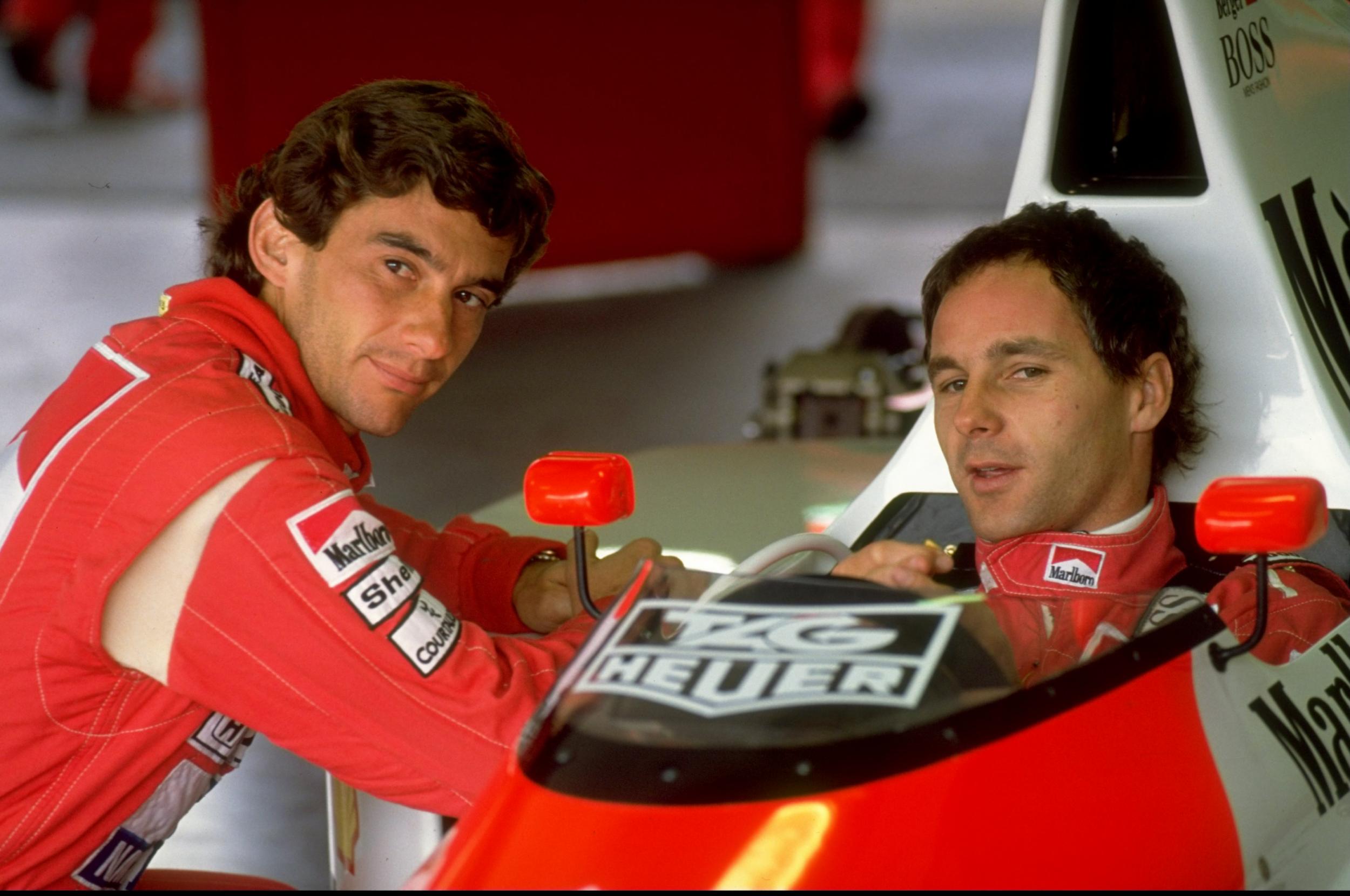Ayrton Senna: 26 years on from his tragic death, F1 continues to mourn a weekend still seared into its soul
Loss of the three-time world champion as well as Roland Ratzenberger at the 1994 San Marino Grand Prix continues to be mourned by race fans across the globe
A brass plaque on a grassy circle in Sao Paulo's Morumbi cemetery marks the last resting place of a man revered by many as Formula One's greatest driver.
"Nada pode me separar do amor de deus' (Nothing can separate me from the love of God), reads the inscription below the name Ayrton Senna da Silva.
The Brazilian, a triple world champion, was 34 when he died after crashing in the San Marino Grand Prix at Italy's Imola circuit.
Every sport has days that define it and 1 May 1994 is seared into the soul of Formula One - a grim Sunday on a weekend that will be forever shrouded in sadness.
"God has had his hand over Formula One for a long time. This weekend, he took it away," commented the late triple champion Niki Lauda.
The funeral brought more than a million people, and maybe three times that, onto the streets of his birthplace. They mourn him still.
"He was the driver that inspired me as a kid and he's still a hero today and he always will be," said six-times world champion Lewis Hamilton last year.
The fans also remember Austrian Roland Ratzenberger, who died the day before in qualifying and became the first driver to die in Formula One for nearly 12 years.
Senna took it hard.
"Ayrton was beside himself: He had not been close to death at a circuit before ... so many accidents in the past 12 years, so many serious injuries, but nobody irrevocably lost," recalled the late medical delegate Sid Watkins.
The professor suggested his friend should not race but Senna told him: "There are certain things over which we have no control. I cannot quit. I have to go on."
Senna started on pole, Michael Schumacher alongside in a Benetton, with the safety car deployed after Portugal's Pedro Lamy ploughed into JJ Lehto's stalled Benetton on the grid.
On the second lap after the re-start, at 2.17pm, Senna's leading Williams speared into a concrete wall at Tamburello.
The Brazilian was flown to hospital and, 37 minutes after the crash, the race restarted and was won by Schumacher. At 6.40 pm local time, nearly two and a half hours later, it was announced Senna had died.
It was only his third race for Williams after leaving McLaren.
Much has been written about that afternoon, and the Brazilian's career and epic rivalry with Frenchman Alain Prost, with questions still asked about what caused the crash.
What is certain is that it changed Formula One, triggering a major safety review and altering the course of sporting history.

Had Senna lived, with Adrian Newey a star designer at Williams, Schumacher might even have had to settle for less than his record seven championships.
"Racing is racing, and it went back to normal quite soon (after)," Senna's former McLaren team mate Gerhard Berger observed on the 25th anniversary.
"But sometimes I would think and say 'If Ayrton would be still in the Williams when the Newey time came ... I don't think you would see for five years any of the others winning'."
Reuters
Join our commenting forum
Join thought-provoking conversations, follow other Independent readers and see their replies
Comments
Bookmark popover
Removed from bookmarks